38 cholesterol on food labels
Daily Value on the New Nutrition and Supplement Facts Labels Which Nutrients Are Required to Be Listed on the Nutrition and Supplement Facts Labels? The Nutrition Facts label must list total fat, saturated fat, trans fat, cholesterol, sodium, total... Understanding Food Labels | The Nutrition Source | Harvard T.H. Chan ... The information on food labels is intended to help consumers become savvy about their food choices. The front, back, and sides of a package are filled with information to inform us what the food contains and to provide guidance in making healthier selections of processed foods. ... cholesterol, sodium, and added sugars. 20% DV or more of a ...
Cholesterol Content of Foods | Patient Education | UCSF Health Use the following tables to check the cholesterol and fat content of the foods you eat. This will help you keep track of your daily cholesterol intake. Note: Cholesterol is only found in animal products. Fruits, vegetables, grains and all other plant foods do not have any cholesterol at all.
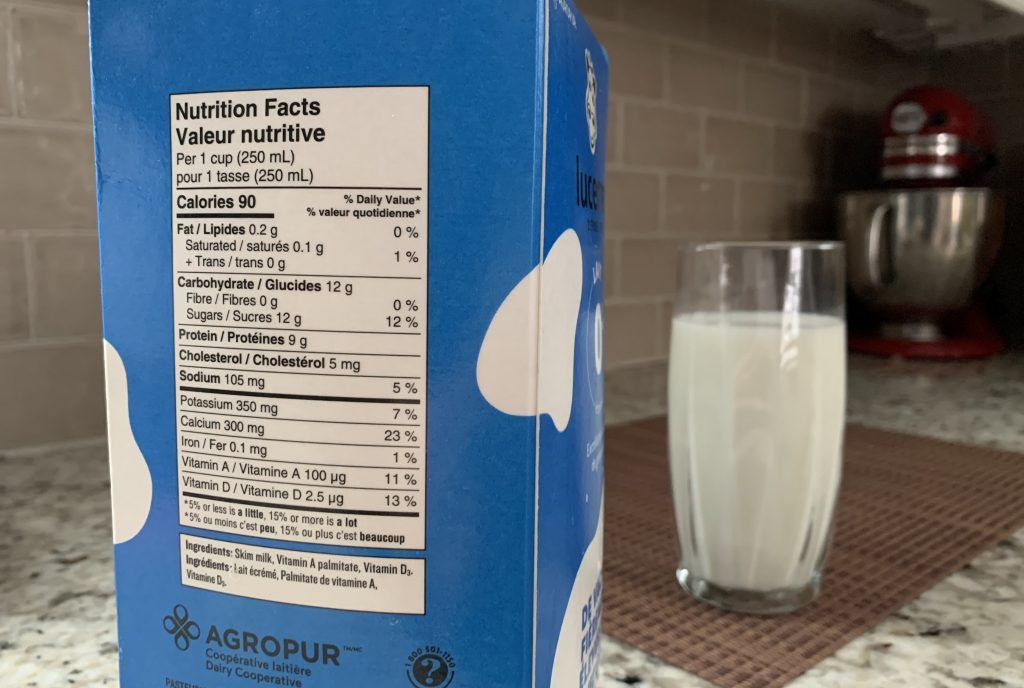
Cholesterol on food labels
How to Read the Nutrition Facts Label on Packaged Foods - WebMD You've seen nutrition labels on food packages. They can help you manage your weight and conditions like type 2 diabetes , high blood pressure, and high cholesterol . You just have to know what ... Understanding Food Terms - American Cancer Society Low. How you might see it on a label: low-fat, low-sodium, low-cholesterol, low-calorie What it means: This term can be used on foods that can be eaten often and you still won't get more than the recommended amount of that nutrient. The nutrients that can be described with this label are: Fat; Saturated fat; Cholesterol; Sodium (salt) How to Understand and Use the Nutrition Facts Label | FDA Dietary fiber, vitamin D, calcium, iron ad potassium are nutrients on the label that Americans generally do not get the recommended amount of. They are identified as nutrients to get more of....
Cholesterol on food labels. Should I check the cholesterol on nutrition labels? Major dietary cholesterol contributors — meat, fish, and chicken — often have no label. Having less than 4-6 oz of those per day and less than 2-4 eggs per week will generally keep your cholesterol reasonable. And that's a smart idea anyhow, to leave room for more artery-friendly fruits, veg, whole grains, beans, nuts, seeds, etc." How To Read Nutrition Labels - Mayo Clinic Diet The % Daily Value (DV) tells you how much a nutrient in a serving of food contributes to a daily diet. 2,000 calories a day is used for general nutrition advice. Low is 5% or less. Aim for low in saturated fat, trans fat, cholesterol, sodium, and added sugars. High is 20% or more. Aim high in vitamins, minerals and dietary fiber. 4. PDF Interactive Nutrition Facts Label - Cholesterol - Food and Drug ... Interactive Nutrition Facts Label • October 2021 Cholesterol 1 What It Is Cholesterol is a waxy, fat-like substance found in all cells . of the body. Cholesterol is produced by the body (primarily by the liver) and is also consumed from food, referred to as "dietary cholesterol." The human body makes all the cholesterol that it needs, so ... Misleading Nutrition and Food Labels - Health Foods that say reduced or less cholesterol need to have at least 25% less than comparable products. Cholesterol is made by the liver, so only animal products like meat, dairy, eggs, and butter can ...
Food Labels | CDC - Centers for Disease Control and Prevention If you eat the whole thing, you are eating 8 times the amount of calories, carbs, fat, etc., shown on the label. Total Carbohydrate shows you types of carbs in the food, including sugar and fiber. Choose foods with more fiber, vitamins, and minerals. Choose foods with lower calories, saturated fat, sodium, and added sugars. Reading Food Labels | ADA - American Diabetes Association Understanding Food Labels It's time to decode those food claims. Trying to figure out nutritional information on labels and packaging isn't easy. The good news is that we can help. Untangle packaging claims. If you get tripped up on food content claims, you're not alone. Fat free vs. low fat vs. reduced fat. Low cholesterol vs. reduced cholesterol. How to read food labels - Heart Foundation NZ The star rating is calculated using an algorithm that takes into consideration a number of positive and negative nutrients for a particular food. The positive elements include protein, fibre, fruit, vegetable, nut, seed and legume content. The negative elements include energy, sodium, saturated fat, and sugar. Learn About Cholesterol Free Food Labels | Chegg.com Under the United States Department of Agriculture (USDA), a low-cholesterol label is required to contain fewer than 20 milligrams or 2 grams of saturated fat per series on food. There is no cholesterol in cholesterol-free food. Cholesterol-free can be a marketing tactic often utilized for purchasing promotion.
Why doesn't cholesterol appear on food nutrition labels? First of all, as another answerer pointed out, no food has cholesterol in it unless it contains ingredients from animals, such as meat or animal fat. So a label that says "0% cholesterol" is actually pretty pointless on, for example, a jar of olive oil. Olive trees don't have livers, and therefore can't make cholesterol. How to Tell if Foods Are Low or High Cholesterol - Verywell Health Each food label should include milligrams (mg) of cholesterol per serving. Don't forget to look at the serving size as well. Sometimes products can seem low in cholesterol, but if you eat more than the recommended servings at one sitting, then you can end up consuming a lot more cholesterol than you intended. Dietary Cholesterol - Nutrition Facts Labels Explained by MyFoodDiary Fats Soluble Fiber Soluble fiber binds to dietary cholesterol in our intestines and prevents the body from absorbing it. Foods rich in soluble fiber include: Beans (black, lima, kidney) Vegetables (Brussels sprouts, broccoli, potatoes) Fruits (avocados, apples, pears, prunes) Nuts (walnuts, almonds) Whole grains (wheat bread, oat bran, oatmeal) Understanding Food Nutrition Labels | American Heart Association When the Nutrition Facts label says a food contains "0 g" of trans fat, but includes "partially hydrogenated oil" in the ingredient list, it means the food contains some trans fat, but less than 0.5 grams per serving. So, if you eat more than one serving, you could end up eating too much trans fat.
Food Labels: Fat & Cholesterol | Home & Garden Information Center Limit these sources of unhealthy fat and cholesterol in the list of ingredients: animal fat (beef, ham, pork, bacon, lamb, chicken, turkey), lard, hardened fat or oil, egg and egg-yolk solids, cream, butter, whole-milk solids, palm oil, palm kernel oil, hydrogenated vegetable oil, vegetable shortening, coconut, coconut oil, and cocoa butter.
13 Misleading Food Label Claims and How Not to Be Tricked - Sentient Media 1. Label Says "Sugar-Free". The Food and Drug Administration (FDA) provides guidelines for a variety of common food labels, including sugar-free. While the term suggests that products labeled this way would be completely free of sugar, they can actually contain up to 0.5 grams of sugar in a single serving size.
What do cholesterol-free and low-cholesterol food labels mean? - Sharecare American Diabetes Association Cholesterol free means that the food must contain fewer than 2 milligrams of cholesterol and 2 grams or less of saturated fat per serving. For example, although vegetable oils contain no cholesterol, they are 100% fat. Vegetable oils are still preferable to butter or lard because they have less saturated fat.
How To Read Cholesterol Labels - HealthyCholesterolClub.com Your best bet is to keep your intake of trans fat as low as possible by consuming products that contain 0 grams of trans fat on the food label. Cholesterol is a waxy substance that your liver and other cells produce. Your body also gets cholesterol from food. In fact, about 25% of the cholesterol in your blood comes from the food you eat.
PDF Food Label Tip: How to Choose Foods Low In Saturated Fat, Trans Fat ... These food labels are for one serving of milk: 1 cup (8 ounces). Fat-free milk has the lowest % of saturated fat and cholesterol. It has 0% of the Daily Value of saturated fat and 2% cholesterol. Whole milk has 25% of the Daily Value of saturated fat and 12% cholesterol. Milk does not have trans fat. Fat-free milk is a better choice. Potato Chips
Easy Guide to Understanding Food Labels When You Have High Cholesterol ... This means that your food may contain trans-fat even if the food label says 0 gram. Therefore it's important to check the ingredient list (more on this later). Cholesterol guidelines currently recommend having not more than 300 milligrams of cholesterol per day, and if you have heart disease, aim for less than 200 milligrams per day. 2.
Nutrition Labels 101: What's Required? What's Optional? The cholesterol listing on nutrition labels notes the cholesterol content of the food per serving in milligrams rounded to 5 mg increments. If the amount of cholesterol contained is less than 2 milligrams per serving, it can be stated as zero in the nutrition fact panel, or replaced with the statement "Not a significant source of cholesterol ...
How to Read Food Labels for a Heart-Healthy Diet Partially hydrogenated oil Omega-3 fatty acid Olive oil Butter What's important to know about the first ingredient listed on a label? It's the healthiest. It's in the largest quantity. It's first due to alphabetical order. What words should I look out for that mean sugar? High-fructose corn syrup Agave nectar Dehydrated cane juice All of the above
11 High Cholesterol Foods — Which to Eat, Which to Avoid - Healthline 1. Eggs. Eggs are one of the most nutritious foods you can eat. They also happen to be high in cholesterol, with 1 large egg (50 grams) delivering 207 mg of cholesterol ( 1 ). People often avoid ...
Food Packaging Claims | American Heart Association "Very Low" and "Low" means the food has a little more than foods labeled "Free." "Reduced" or "Less" mean the food has 25% less of a specific nutrient than the regular product. "More," "Fortified," "Enriched," "Added," "Extra," or "Plus" means the food has 10% or more of the Daily Value (DV) than the regular product.
How to Understand and Use the Nutrition Facts Label | FDA Dietary fiber, vitamin D, calcium, iron ad potassium are nutrients on the label that Americans generally do not get the recommended amount of. They are identified as nutrients to get more of....
Understanding Food Terms - American Cancer Society Low. How you might see it on a label: low-fat, low-sodium, low-cholesterol, low-calorie What it means: This term can be used on foods that can be eaten often and you still won't get more than the recommended amount of that nutrient. The nutrients that can be described with this label are: Fat; Saturated fat; Cholesterol; Sodium (salt)
How to Read the Nutrition Facts Label on Packaged Foods - WebMD You've seen nutrition labels on food packages. They can help you manage your weight and conditions like type 2 diabetes , high blood pressure, and high cholesterol . You just have to know what ...
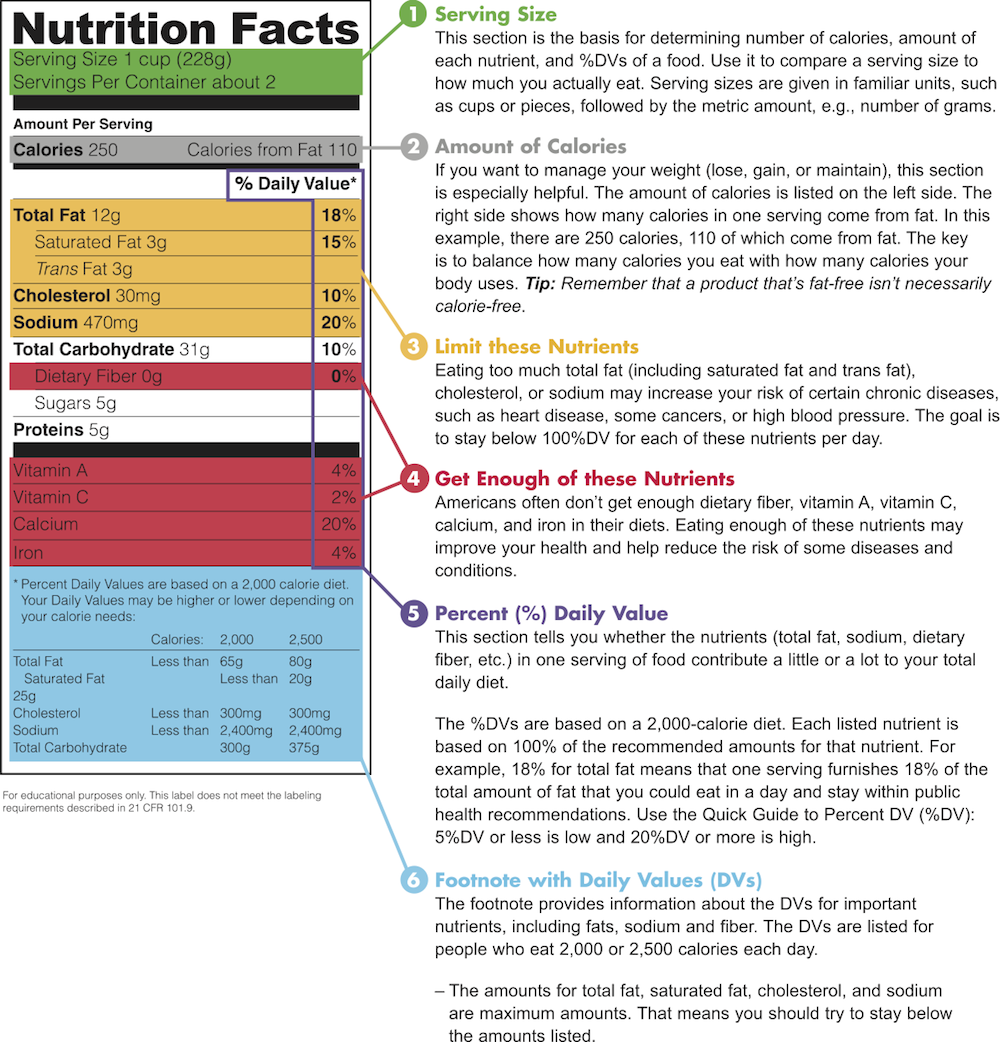


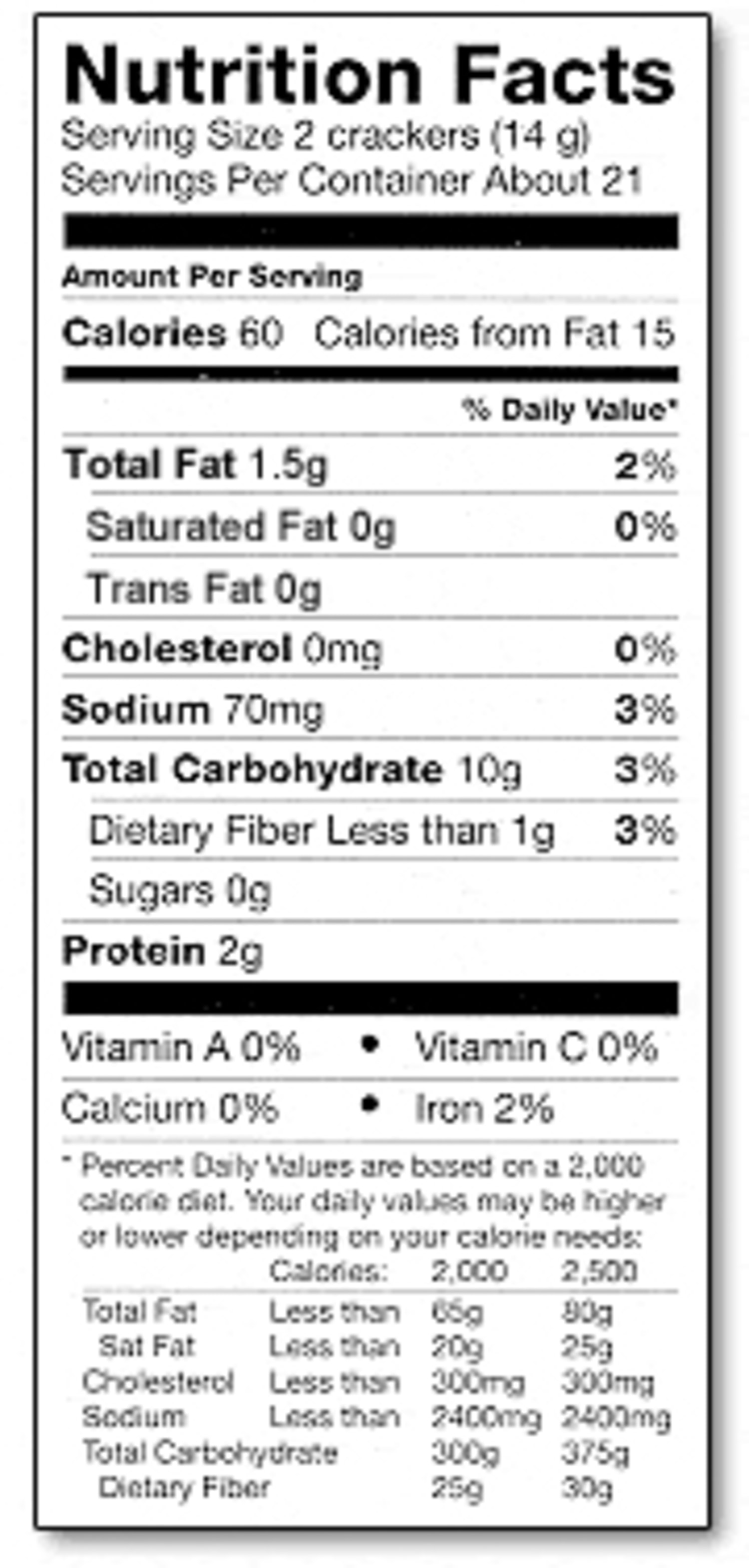


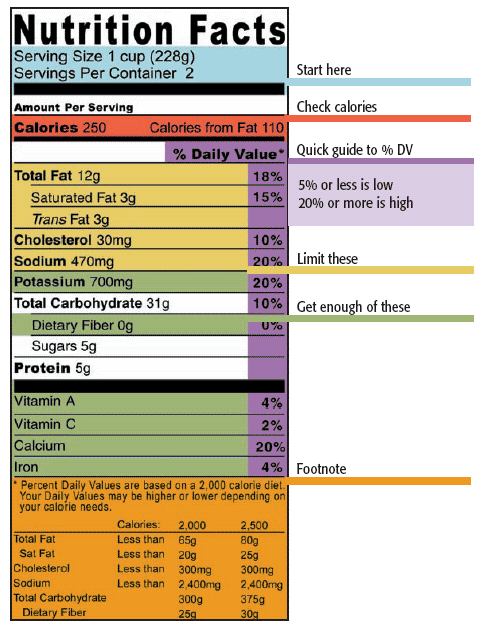



:max_bytes(150000):strip_icc()/Untitled-design-1--575368573df78c9b4691365f.jpg)

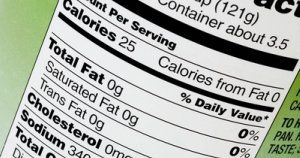
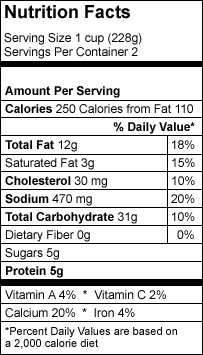
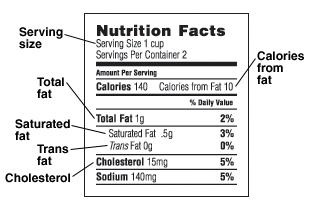


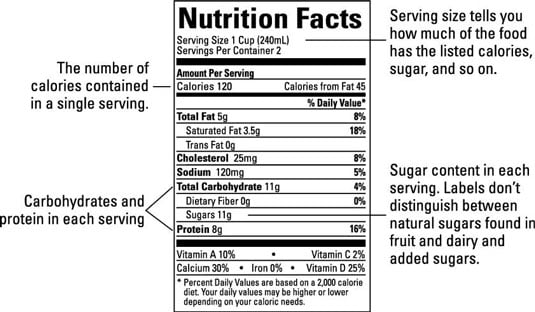

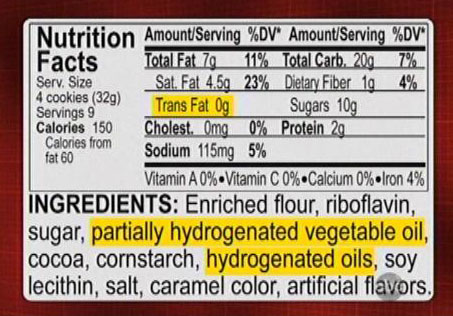
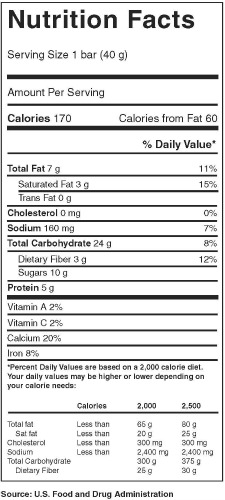


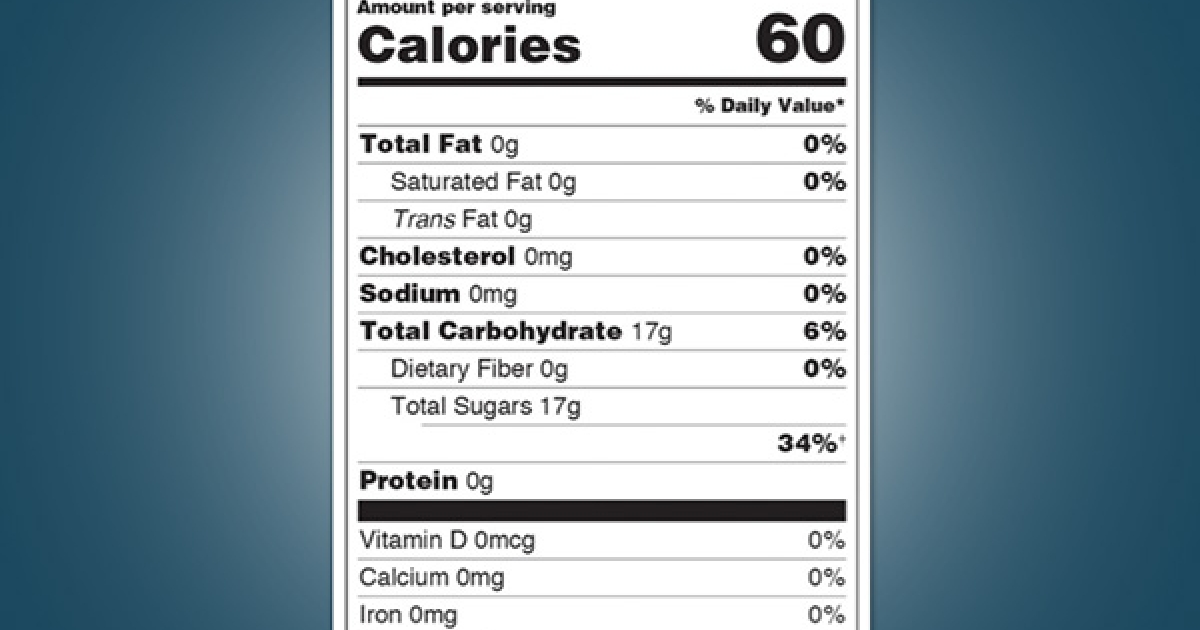

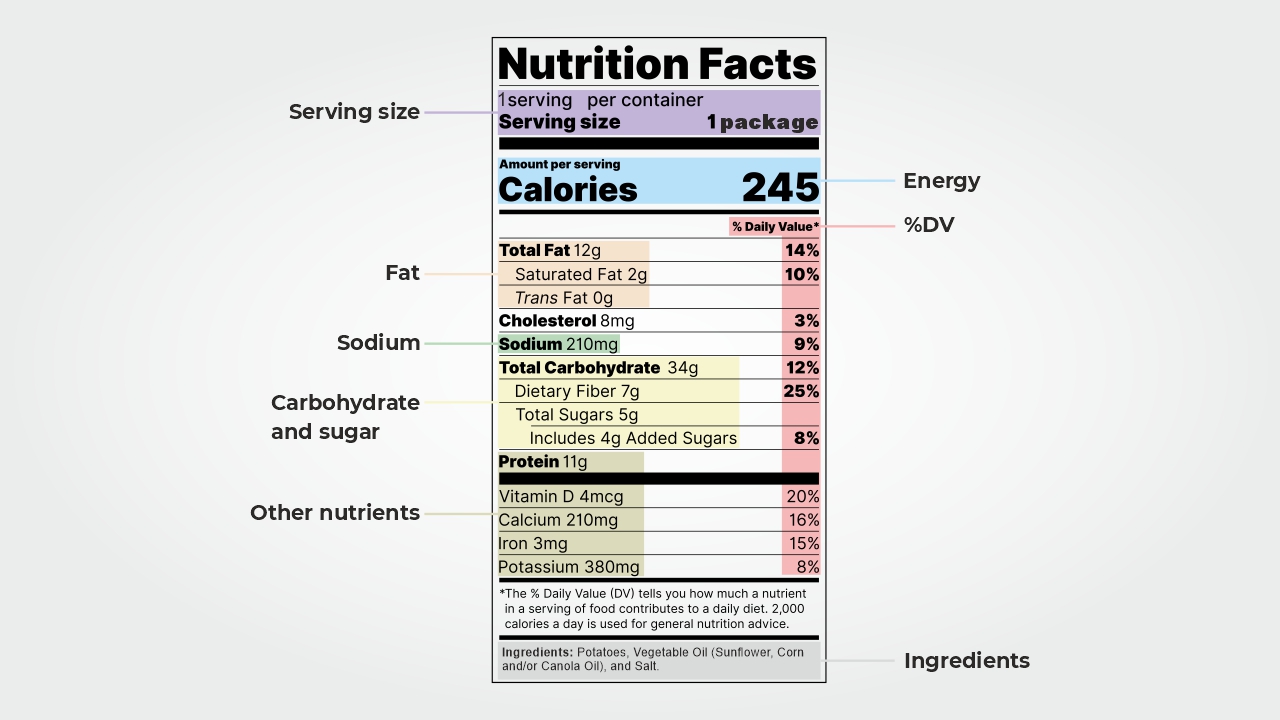


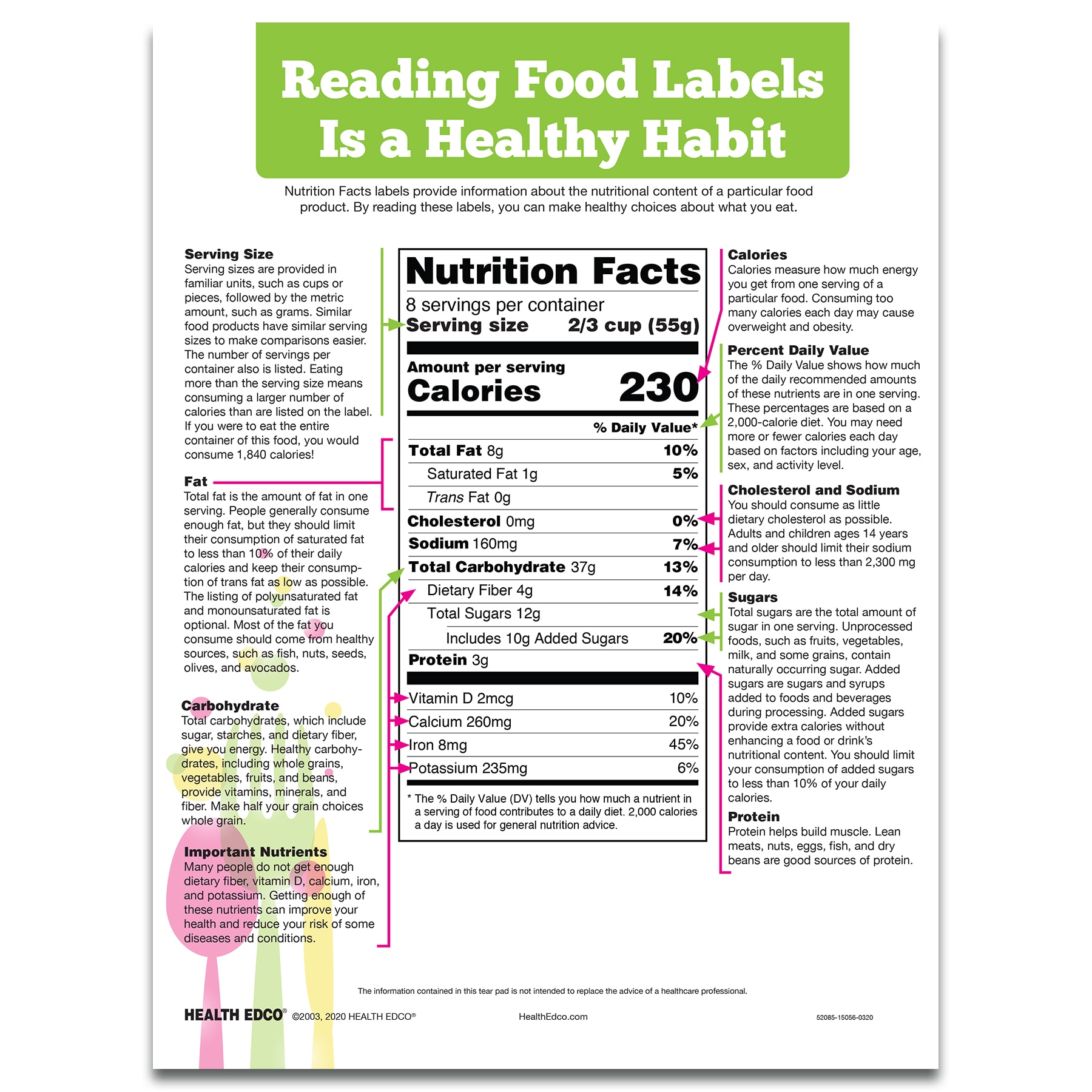

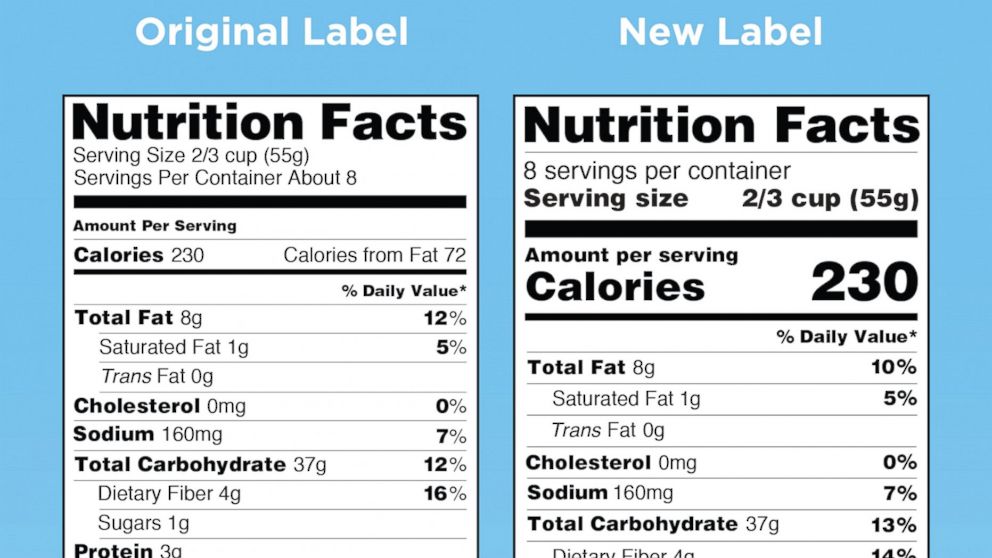

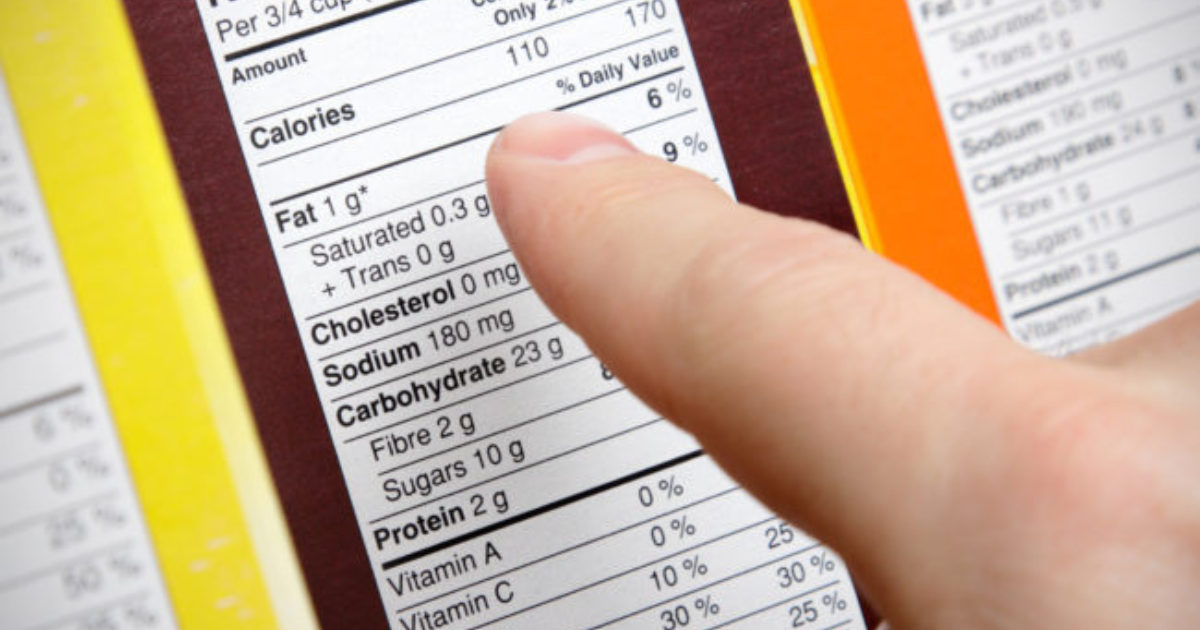
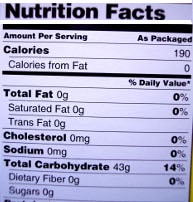
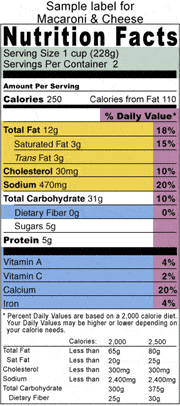
Post a Comment for "38 cholesterol on food labels"